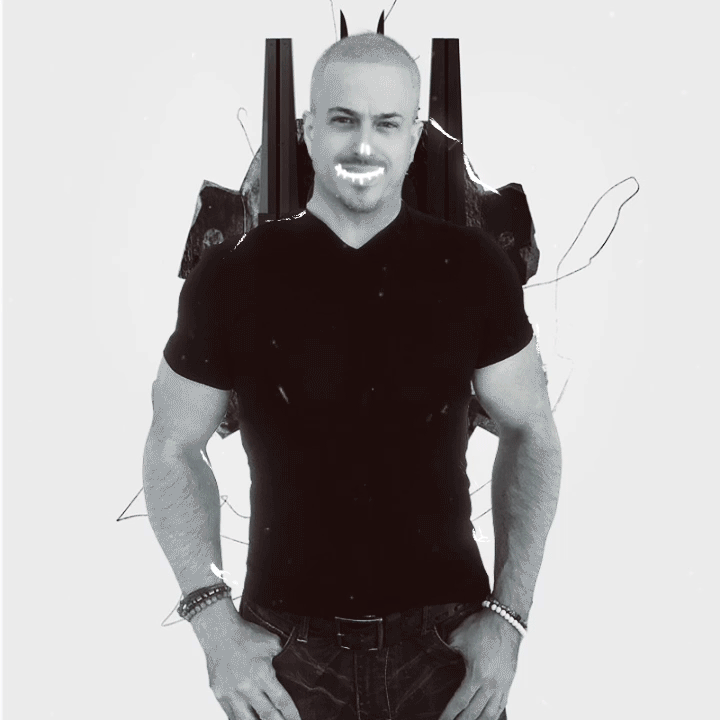
What can an Artificial Intelligence chatbot tell us about orthodontic treatment? – Kevin O’Brien’s Orthodontic Blog
A recent development has been Chat GPT. This is an Artificial Intelligence chatbot that condenses information and provides text responses. It is becoming popular and is described as making Artificial Intelligence mainstream. It provides intelligent-sounding text and appears to be plausible. This may have implications for writing scientific papers, essays and blogs.
I came across the use of Chat GPT in a post on the Orthodontic Controversies Facebook group. As a result, the concept of this post has been introduced previously. But I also wanted to take the opportunity to ask several questions.
What did I do?
I asked it to describe the following.
What did I find?
It was straightforward to find the site and register. Once registered, I was in a queue, probably due to the number of users. Nevertheless, after approximately 10 minutes, I could start asking questions. This was very straightforward; I typed the question into a text box. The chatbot generated a response to each question within a few seconds. Each response was about 300 words, clear and well-written. I analysed the answers using an arbitrary score out of 10 for accuracy.
These are the main points from the responses that I received.
Benefits of orthodontic treatment
Accuracy score: 5
Speeding up tooth movement?
Response:
Orthodontists may use the following methods to reduce the length of orthodontic treatment.
I also asked another question about the evidence supporting these methods. The response was that the overall evidence base needed to be improved. The bot added the rider that people should work closely with their orthodontist.
Accuracy score: 0
Do orthodontic extractions cause harm?
Response:
Extractions may worsen breathing by reducing the airway’s size and affecting the tongue’s and other tissues’ position.
Accuracy 2
The use of SLBs results in
How do functional appliances work?
Response:
Accuracy 3
Who is Kevin O’Brien, the orthodontist?
First response:
“Kevin O’Brien is a highly respected and influential figure in the field of orthodontics, known for his expertise in evidence-based practice, appliance development, and education”.
I’ll take that. It then went on to state.
“Dr O’Brien has also been involved in developing several orthodontic appliances, including the Damon System self-ligating bracket system and the Invisalign aligner system”.
Overall accuracy 2.
What did I think?
This was a fascinating experience. The responses of the chatbot were interesting. They were undoubtedly written clearly and confidently. This gave the impression that the information was accurate. However, it did not reflect the current scientific knowledge we know is available.
I tried to find out the source of information that the Chatbot uses. I discovered that it is not directly connected to the internet. Nevertheless, it gains knowledge from a massive text dataset derived from books, articles and websites. Therefore, it produces responses that need to be more accurate in orthodontics. In effect, it reflects a combination of science and the erroneous claims made in advertising and websites.
Is this a problem? We need to remember that this is not a search engine. It appears to condense readily available information. However, the chatbot’s responses must also be inaccurate if the source information is inaccurate. We need to remember this if our patients and practitioners use ChatGPT.
Finally, it is the early days of this new technology, representing an exciting development. I will return to this again in 12 months to see if it is more refined then,
This content was originally published here.

